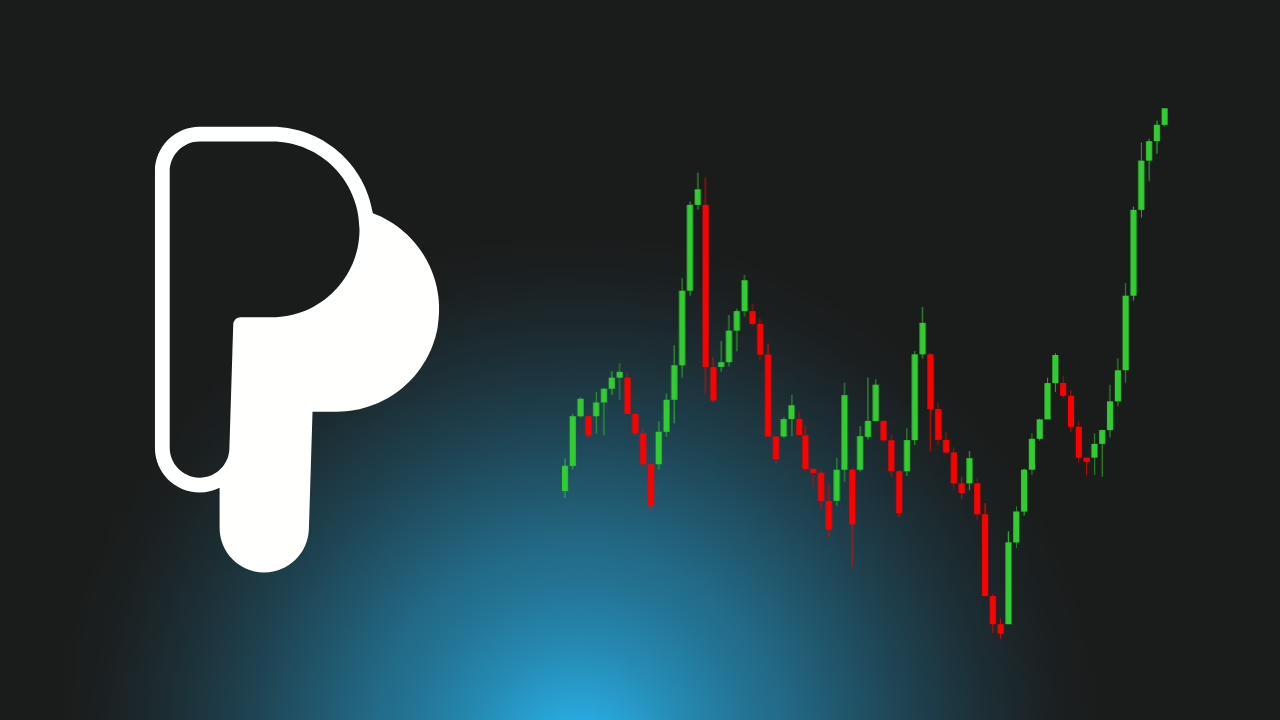The bull call spread is a defined-risk options strategy used when an investor anticipates a moderate increase in the price of an underlying asset. It’s a vertical spread strategy, meaning it involves options of the same underlying asset and expiration date but different strike prices. Unlike a bull put spread which generates a credit, a bull call spread is typically established for a net debit. It’s also known as a debit call spread or long call spread.
Core Concept:
The bull call spread aims to profit from an upward movement in the underlying asset’s price, but with limited risk and limited reward. It achieves this by simultaneously buying a call option at a lower strike price and selling another call option at a higher strike price, both with the same expiration date. The cost of buying the lower strike call is partially offset by the premium received from selling the higher strike call, resulting in a net debit.
Components of a Bull Call Spread:
-
Long Call (Buy to Open): You buy a call option with a lower strike price, typically at or slightly below the current market price of the underlying asset. This call option will increase in value if the underlying asset’s price rises. This is the primary source of potential profit for the strategy.
-
Short Call (Sell to Open): Simultaneously, you sell a call option on the same underlying asset, with the same expiration date, but at a higher strike price than the long call. Selling this call option generates premium income, which helps to reduce the initial cost (debit) of establishing the spread. However, it also caps your potential profit, as you are obligated to sell the underlying asset at the higher strike price if this call is assigned.
How it Works (Mechanics):
Let’s consider an example:
Suppose Stock ABC is trading at $50. You believe it will moderately increase in price.
- Action 1: Buy 1 ABC July $50 Call @ $4.00 (This is your long call)
- Action 2: Sell 1 ABC July $55 Call @ $1.50 (This is your short call)
Net Debit: You pay a net debit of $2.50 ($4.00 – $1.50). This is your maximum potential loss.
Profit and Loss Profile:
-
Maximum Profit: The difference between the two strike prices minus the net debit paid.
- In our example: ($55 – $50) – $2.50 = $5.00 – $2.50 = $2.50 per share.
- This maximum profit is achieved if the underlying asset’s price is at or above the strike price of the short call at expiration.
-
Maximum Loss: Limited to the net debit paid when establishing the spread.
- In our example: $2.50 per share.
- This maximum loss occurs if the underlying asset’s price remains at or below the strike price of the long call at expiration. In this scenario, both call options expire worthless, and you lose the initial debit.
-
Breakeven Point: The strike price of the long call plus the net debit paid.
- In our example: $50 + $2.50 = $52.50.
- If the underlying asset’s price is at the breakeven point at expiration, the trade will result in neither a profit nor a loss.
Possible Scenarios at Expiration (Using our example):
-
Stock Price at $48 (Below Long Call Strike):
- Both the $50 call and the $55 call expire worthless.
- You lose the initial net debit of $2.50. This is your maximum loss.
-
Stock Price at $51 (Between Strikes, but below Breakeven):
- The $50 call is in-the-money by $1.00 ($51 – $50).
- The $55 call expires worthless.
- Your profit would be $1.00 (from the long call) – $2.50 (net debit) = -$1.50 loss. You still incur a loss, but less than the maximum.
-
Stock Price at $52.50 (Breakeven Point):
- The $50 call is in-the-money by $2.50 ($52.50 – $50).
- The $55 call expires worthless.
- Your profit would be $2.50 (from the long call) – $2.50 (net debit) = $0.00. You break even.
-
Stock Price at $54 (Between Strikes, above Breakeven):
- The $50 call is in-the-money by $4.00 ($54 – $50).
- The $55 call expires worthless.
- Your profit would be $4.00 (from the long call) – $2.50 (net debit) = $1.50 profit.
-
Stock Price at $56 (Above Short Call Strike):
- The $50 call is in-the-money by $6.00 ($56 – $50).
- The $55 call is in-the-money by $1.00 ($56 – $55).
- Your profit would be ($6.00 from long call) – ($1.00 potential obligation from short call) – $2.50 (net debit) = $5.00 – $2.50 = $2.50. This is your maximum profit.
When to Use a Bull Call Spread:
- Moderately Bullish Outlook: You anticipate a modest increase in the underlying asset’s price.
- Cost-Effective Upside Exposure: It’s generally less expensive than buying a naked long call, as the sale of the higher strike call partially offsets the initial cost.
- Defined Risk: Your maximum potential loss is limited and known upfront, which is crucial for risk management.
- Lower Capital Requirement: Compared to buying the underlying stock outright, the capital outlay is significantly less.
Advantages:
- Limited and Defined Risk: Your maximum potential loss is capped at the net debit paid.
- Lower Cost of Entry: It’s cheaper than buying a single call option with the lower strike price.
- Predictable Outcome: The maximum profit and maximum loss are known at the outset.
- Less Sensitive to Time Decay (compared to a single long call): While the long call loses value due to time decay, the short call also loses value, partially offsetting the negative impact.
Disadvantages:
- Limited Profit Potential: Your maximum profit is capped at the difference between the strike prices minus the net debit. You won’t benefit from significant upward price movements beyond the higher strike price.
- Requires Price Movement: For the strategy to be profitable, the underlying asset’s price must move above the breakeven point by expiration.
- Assignment Risk (on the short call): If the price of the underlying asset moves above the higher strike price, you could be assigned on the short call, requiring you to sell the asset at that price. However, your long call at the lower strike price can be exercised to acquire the shares needed for assignment, limiting the financial impact to the defined maximum profit.
In summary, the bull call spread is a strategic tool for investors who are cautiously optimistic about an underlying asset’s price movement. It offers a way to participate in potential upside while limiting risk and reducing the initial cost compared to a simple long call position. However, traders must be aware of the capped profit potential and the need for the price to move above the breakeven point to achieve profitability.




